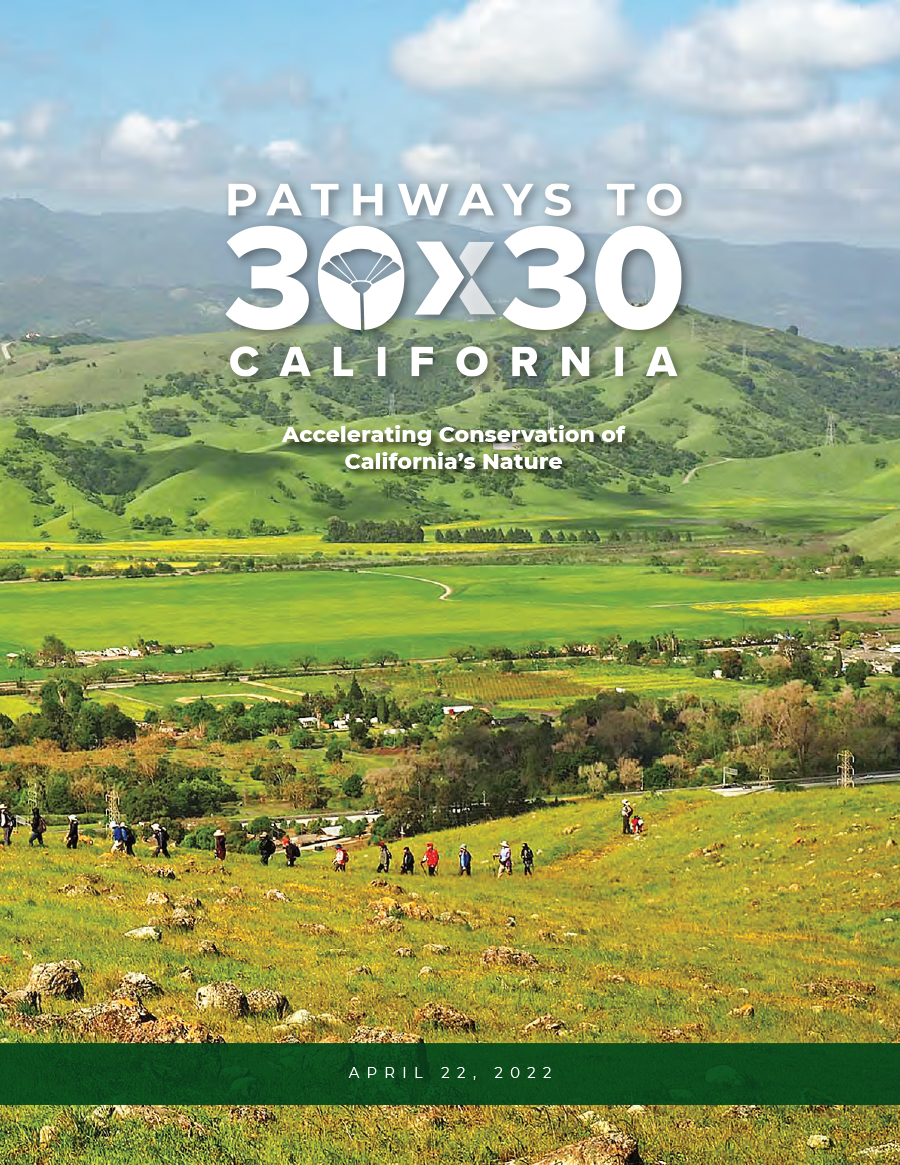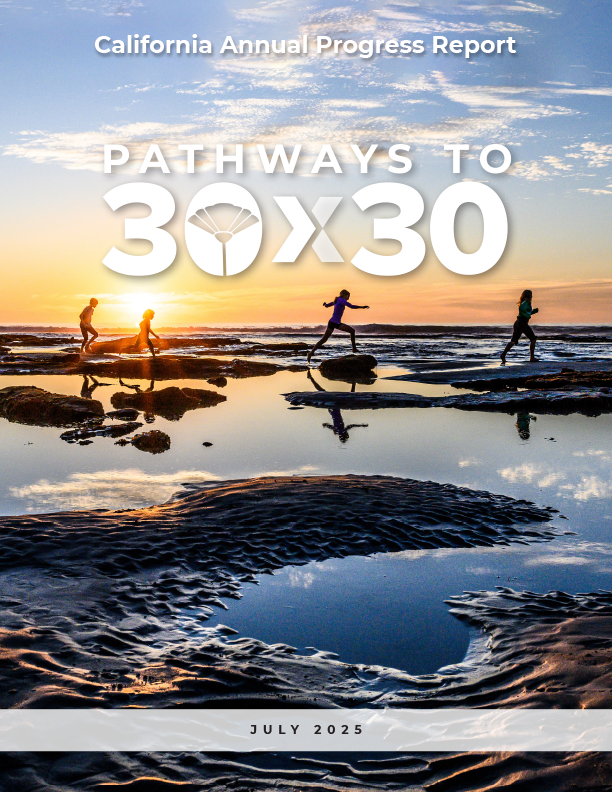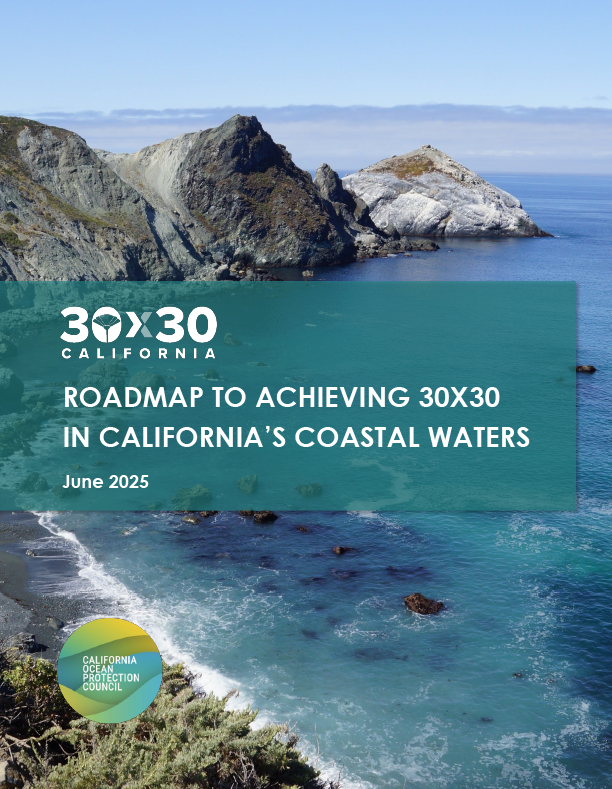30×30: Conserving 30% of California’s Coastal Waters by 2030
What is 30×30?
In 2020, Governor Gavin Newsom issued Executive Order N-82-20, which committed to conserving 30% of California’s lands and coastal waters by 2030 as part of a broader effort to fight climate change, protect biodiversity, and expand access to nature for all Californians. In 2022, the California Natural Resources Agency (CNRA) released Pathways to 30×30: Accelerating Conservation of California’s Nature, which details strategies and opportunities for achieving the 30×30 target.

How is conservation defined? How much of our coastal waters are already conserved?
Pathways provides the following definition of 30×30 Conservation Areas: “land and coastal water areas that are durably protected and managed to sustain functional ecosystems, both intact and restored, and the diversity of life that they support.” The Ocean Protection Council has adopted a Roadmap to Achieving 30×30 in California’s Coastal Waters that builds on Pathways and translates this definition into clear evaluation criteria. 30×30 Conservation Areas in coastal waters can take many forms. However, areas must have a high degree of ecological protection – meaning they must be conserved in a manner that maintains ecosystems and protects biodiversity – to contribute to 30×30.
OPC’s Roadmap recognizes tribal stewardship areas, marine protected areas (MPAs), and areas that are not MPAs, but are managed in ways that achieve significant biodiversity benefit, as 30×30 Conservation Areas in coastal waters. California currently stands at 21.9% of coastal waters conserved. We’re more than two-thirds of the way to our goal! But we’ll all need to work together to conserve an additional 275,000 acres of coastal waters by 2030.
For both lands and coastal waters, California is tracking progress toward the 30×30 goal via the CA Nature tool, a suite of interactive mapping and visualization tools compiling statewide biodiversity, access, climate, and conservation information.
What are the state’s strategies for achieving the 30×30 target in coastal waters?
OPC is spearheading the effort to conserve 30% of coastal waters by 2030, which, as detailed in the Roadmap, will require action across four fronts:

Sustain Ongoing Adaptive Management of Our State’s MPA Network
Adaptively managing our state’s MPAs to ensure they continue to provide strong protections for coastal and marine biodiversity, especially in the face of climate change.

Strengthen Biodiversity Conservation in National Marine Sanctuaries
Working with federal partners to identify threats to Sanctuary resources and opportunities to address these threats through strengthened protections and stewardship.

Support Tribally-Led Conservation
Partnering with California Native American tribes to advance Indigenous Marine Stewardship Areas and other efforts to restore and revitalize tribal stewardship of coastal and marine ecosystems.
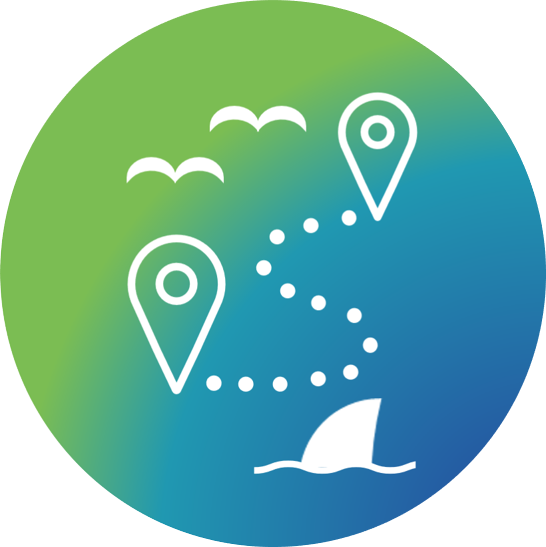
Explore the Role of Other Coastal and Marine Designations in Conserving Biodiversity
Exploring the role of other area-based designations beyond the MPA network and National Marine Sanctuaries, including areas that are not formal MPAs, but may still provide effective conservation benefits in protecting coastal and ocean biodiversity.
- Coming soon!
Funding Opportunity
Advancing 30×30 in Coastal Waters
OPC is now seeking proposals for projects that will help California achieve its goal to conserve 30% of coastal waters by 2030. This solicitation is intended to advance 30×30 in coastal waters by:
- Enhancing coastal and marine biodiversity conservation
- Strengthening biodiversity protections in existing 30×30 Conservation Areas
- Supporting the identification of potential new 30×30 Conservation Areas
- Providing direct benefits to coastal and marine biodiversity via restoration or other on-the-ground environmental stewardship activities
- Supporting stewardship of coastal and marine ecosystems by local communities and California Native American tribes
$10 million is available through this solicitation to fund projects for up to two years. Proposals will be accepted for three separate tracks: action-oriented science (Track 1), accelerating environmental restoration and stewardship (Track 2), and revitalizing tribally-led stewardship (Track 3). More details on each track can be found in the solicitation.
LOI applicants invited to submit a full proposal will be notified by August 15. Full proposals are due on Friday, November 7, 2025, by 5:00 p.m. See the solicitation for the full timeline.
It has come to our attention that some Letters of Intent submitted to OPC’s Advancing 30×30 in Coastal Waters Solicitation were not received due to technical issues.
If you submitted a Letter of Intent by the July 18 deadline but did not hear back from OPC, please forward your original email submission to Staci Lewis at Staci.Lewis@resources.ca.govby 5:00pm on October 10, 2025 to ensure your Letter of Intent receives full consideration.
We apologize for any inconvenience.
Resources
30×30 Reports and Factsheets
Read about California’s international leadership on 30×30:
- California’s Marine Protected Area Network Recognized as International Gold Standard for Marine Conservation
- Global Urgency at “the People’s COP”: OPC’s Reflections on the United Nations Biodiversity Summit
- California at COP 15: Reflections on the UN Biodiversity Conference (blog)
- UN Ocean Conference Kickoff (blog)
- California and Canada Partner to Advance Bold Action on Climate and Biodiversity (blog)
Watch previous 30×30 webinars and meetings:
OPC Videos
- Achieving 30×30 in California’s Coastal Waters: The Work Ahead – September 2025 (recording)
- Information Item: Implementation of 30×30 in Coastal Waters, August 15, 2023 Council Meeting (recording)
- Strengthening Biodiversity Protections in California’s National Marine Sanctuaries (recording) | Webinar flyer
- Conservation Beyond MPAs: Exploring Existing Spatial Management Measures in California State Waters (recording)
- Conserving 30% of California’s Coastal Waters by 2030 Roundtable Discussion (recording)
CNRA Videos
To follow OPC’s progress on 30×30, follow us on social media, and sign up for emails.
Staff Contacts
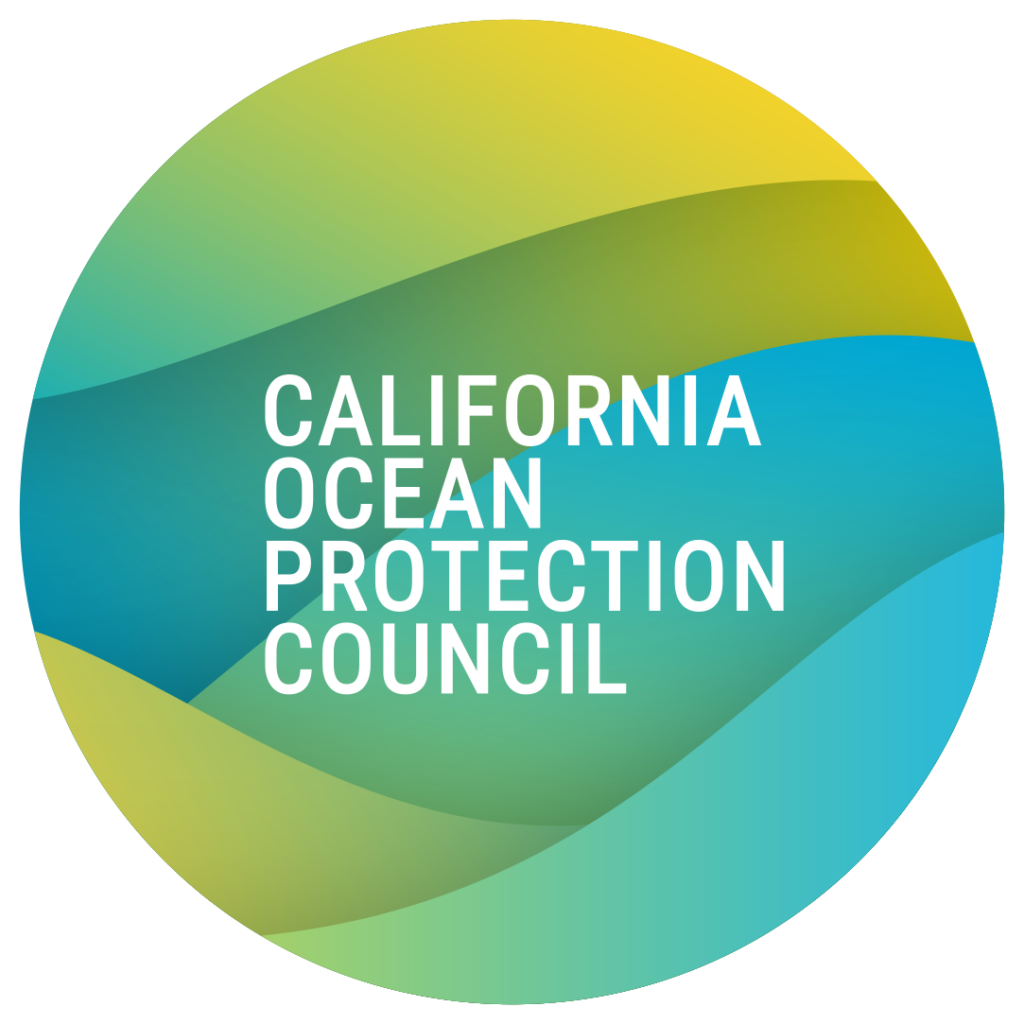
OPC’s 30×30 Email Address: 30x30coastalwaters@resources.ca.gov

Michael Esgro
Senior Biodiversity Program
Manager & Tribal Liason
Michael.Esgro@resources.ca.gov


